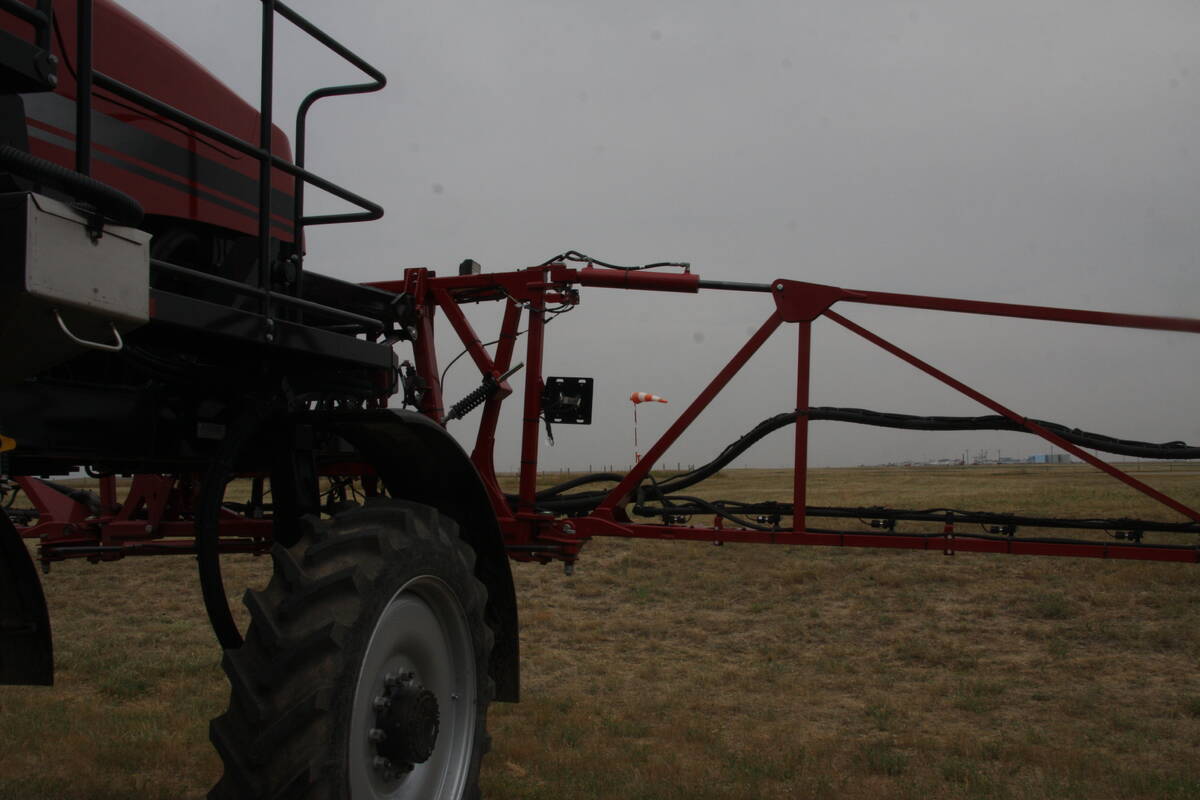BANFF, Alta. – Canola fields around Lethbridge, were teeming with cabbage seed pod weevils this summer despite deep freeze temperatures the previous winter.
Agriculture Canada scientist Hector Carcamo says it shouldn’t come as a surprise.
Carcamo, who is studying the effects of freezing temperatures on the cabbage seed pod weevil, said his research has found that while severe cold will kill the bugs, there are ways for them to survive.
There was a high death rate during the winter of 2000-01 because of several extraordinarily cold days when the temperature remained at -30 C. People speculated that a good winterkill would reduce summer numbers, but it didn’t.
Read Also

More work wanted on removing red tape
REGINA — Canadian farmers risk falling further behind competitors if two main federal agencies don’t become more efficient and responsive…
Carcamo thinks the higher populations were due to reduced canola acres, which drew proportionately more weevils.
Prairie farmers weren’t concerned when cabbage seed pod weevils were discovered in the Pacific Northwest in the 1930s. It was believed the insect could not survive a prairie winter.
But Carcamo has found that some of the weevils are more resilient than expected.
“The majority will die when the temperature reaches -5 to -9,” he told a cereal pest conference in Banff.
“There are some weevils that can withstand lower temperatures to -15.”
The weevil first appeared in the Lethbridge area in 1995 and has been known to reduce canola yields by 15 percent. It is most insidious at the larvae stage.
Carcamo and his team at the Lethbridge Research Centre have monitored the bugs’ overwintering abilities for three years. They checked stubble fields, ditches, field edges and shelterbelts.
In 1999 they found 5,000 weevils per sq. metre near the research centre.
“Tree shelters are one of their preferred habitats,” Carcamo said.
Many spend the winter buried under a blanket of leaves where the temperature rarely drops below -5 C.
Carcamo is also conducting lab trials where insects overwinter in soil plots and are exposed to below freezing temperatures. He has found that 70 percent of the weevils can survive -5 C.
The die-off is higher if temperatures remain cold for an extended period, and the survivors are not as fit.

















